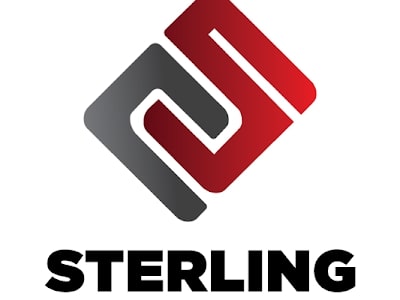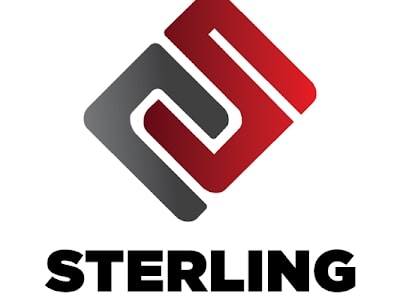You don’t need to be a roofing contractor to understand the essential parts of your roof. Much like understanding basic human anatomy helps you identify pain or illness, knowing your roof’s structure allows you to detect damage early—and protect your home from costly repairs.
At Sterling Construction, we believe that informed homeowners make the best decisions when it comes to maintaining and upgrading their properties. Here’s a breakdown of the key structural components of a roof and what each part does.
1. The Framework: Your Roof’s Skeleton
The framing system provides structural support for your entire roof. There are two main types of roof framing used in residential construction:
- Truss Frame: Pre-fabricated triangular structures that are lifted into place and secured. Truss systems are strong, cost-effective, and widely used for standard homes.
- Stick Frame: Built on-site using individual rafters and ceiling joists. This method allows for custom rooflines but tends to cost more due to increased labor and complexity.
Unless you’re building a custom home, truss frames are typically the most practical choice for residential roofing in Michigan.
2. The Roof Deck: The Foundation Layer
Roof decking, also known as sheathing, is installed over the frame to form the solid base for the rest of the roof. Decking is typically made from wood or plywood and must be strong enough to handle weight from shingles, snow, and occasional foot traffic.
Think of it as the foundation upon which all other roofing materials rest.
3. Underlayment: The Weather Barrier
Beneath the shingles lies the underlayment, a water-resistant or waterproof layer that adds protection between the decking and the elements. Underlayment is typically made of synthetic material or asphalt-saturated felt.
While not visible, it’s essential for resisting moisture, reducing leaks, and ensuring long-term roof durability—especially during Michigan’s heavy spring rains or winter snow melts.
4. Shingles: The Protective Skin
Your roof’s shingles form the first line of defense against the weather. They shield the layers beneath from UV rays, wind, rain, and snow. Common shingle materials include:
- Asphalt shingles – most popular and affordable.
- Metal roofing – durable and long-lasting.
- Clay or concrete tiles – attractive and fire-resistant.
Each roofing material has unique benefits based on your home’s architecture and your budget.
5. Additional Components: Finishing the System
Several smaller—but critical—elements work together to complete your roof’s defense system:
- Flashing: Thin sheets of metal placed around chimneys, skylights, and valleys to prevent water infiltration.
- Drip Edges: Installed at roof edges to direct water into the gutters and protect the fascia boards.
- Gutters and Downspouts: Channel water away from your home’s foundation, preventing erosion and basement leaks.
Neglecting these finishing pieces can lead to moisture buildup, structural decay, and costly repairs.
Why Roof Anatomy Matters
Understanding your roof’s structure helps you:
- Identify early signs of wear or failure
- Communicate clearly with roofing professionals
- Make better maintenance and repair decisions
- Extend the life of your roof investment
If you notice cracked shingles, leaking gutters, or signs of water damage in your attic, don’t wait to take action. What starts as a small issue can quickly escalate into a major problem.
Schedule a Roof Inspection with Sterling Construction
Our expert team at Sterling Construction provides professional roof inspections, maintenance, and repairs across Livonia, West Bloomfield, and surrounding Southeast Michigan communities. We specialize in helping homeowners understand their roofing systems and prevent small problems from becoming expensive disasters.
Contact us today for a comprehensive roof assessment.




